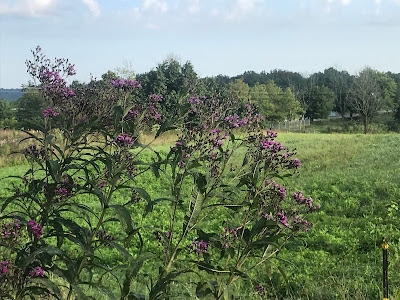Being Present
Having spent time on the Gulf Coast of Florida the last 10 years, I’ve been spoiled by the sunsets, so many picture-perfect ones, the great orb sliding down just before dinner, a fully awake time to be sure.
On the Atlantic coast of North Carolina, you have to wake early if you want to see the sun rise. I didn’t yesterday — but I did today.
Rolled out early enough to see the first color streaking the sky, to wonder if the clouds would impede or dramatize the rising (the latter), to document the moment when the blood-red disc came out from behind the ocean, to feel a sense of relief then.
A line from Walden came to mind: “It is true, I never assisted the sun materially in his rising, but, doubt not, it was of the last importance only to be present at it.”









